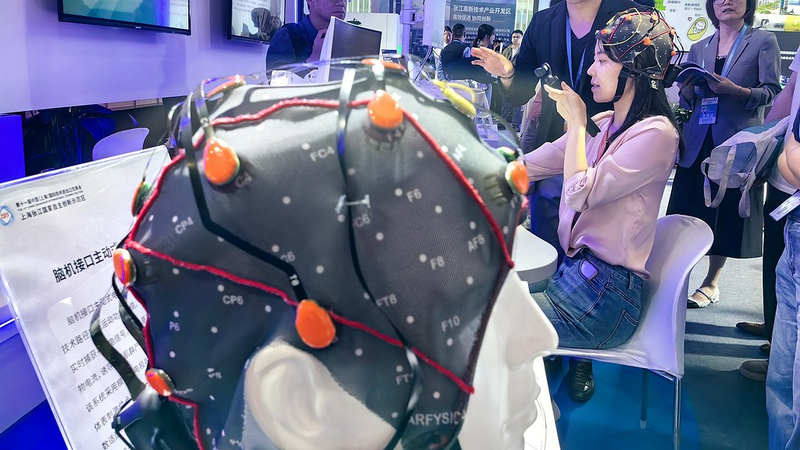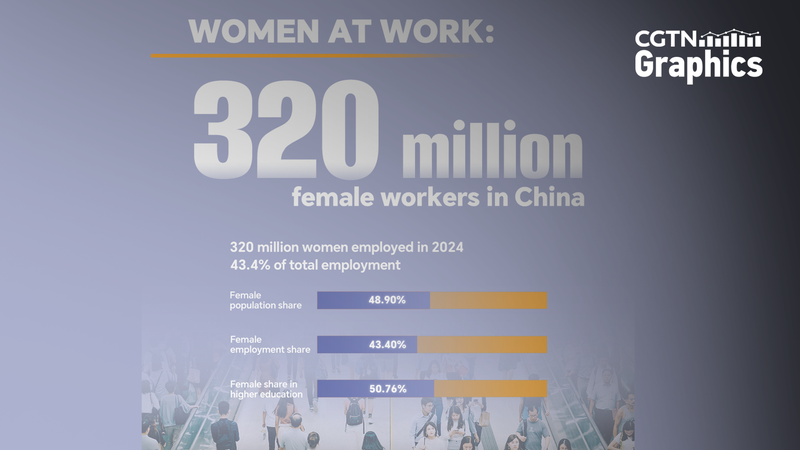Picture this: controlling devices with just your thoughts…
Authorities in the Chinese mainland have issued guidelines to fast-track the development of brain-computer interfaces (BCI), with ambitious targets set through 2027 and beyond.
BCI technology bridges human brains and machines by creating direct information channels, showcasing the convergence of life sciences and information technology. State bodies, including the Ministry of Industry and Information Technology and the National Development and Reform Commission, aim to crack key technologies and set up robust industry and standards systems by 2027.
By that year, the plan calls for deploying BCI products across industrial manufacturing, health care, and consumer markets—unleashing new scenarios, business models, and formats. Looking ahead to 2030, the Chinese mainland aims to bolster its innovation capabilities, build a safe and reliable ecosystem, and cultivate two to three globally influential leading enterprises.
Key tasks include advancing core hardware and software research, making significant strides in BCI chip development, and exploring fresh use cases—from enhanced rehabilitation devices to brain-controlled robotics on the factory floor or gaming experiences that respond to mental focus.
For young entrepreneurs, tech enthusiasts, and global citizens, this roadmap signals where next-gen innovation is headed. As BCI edges closer to mainstream reality, it's set to reshape industries, empower people with disabilities, and open immersive frontiers for entertainment and beyond.
Stay tuned as the Chinese mainland's BCI push accelerates—brainwaves could soon become the ultimate interface.
Reference(s):
China aims to achieve breakthroughs in BCI technology by 2027
cgtn.com


